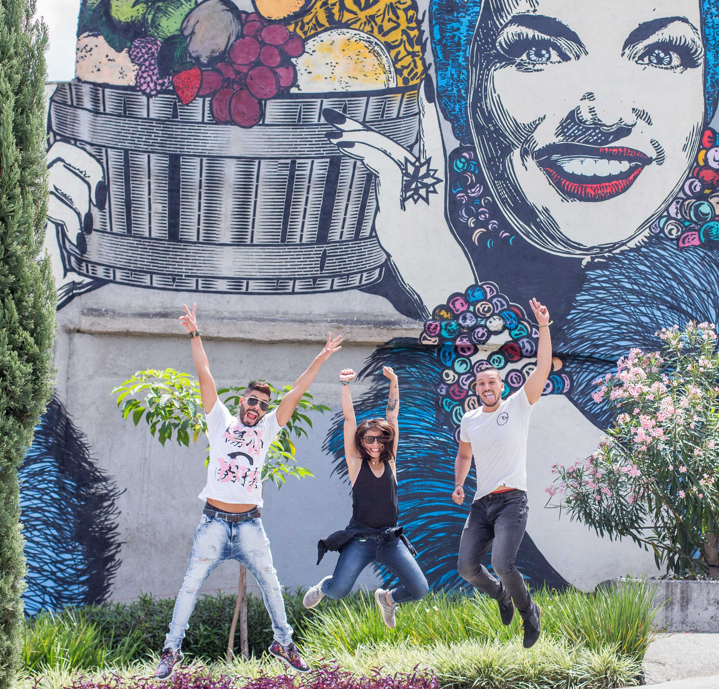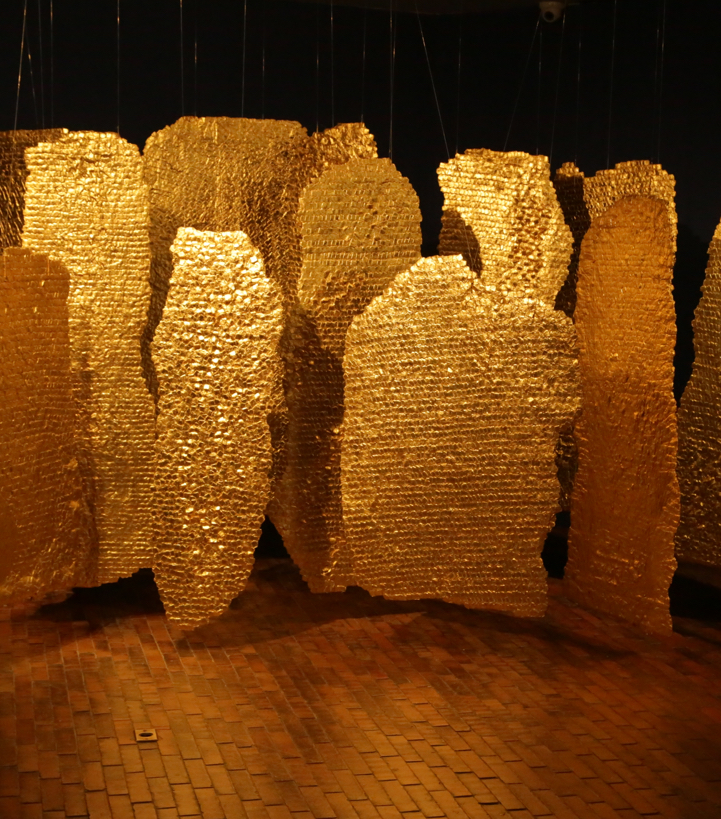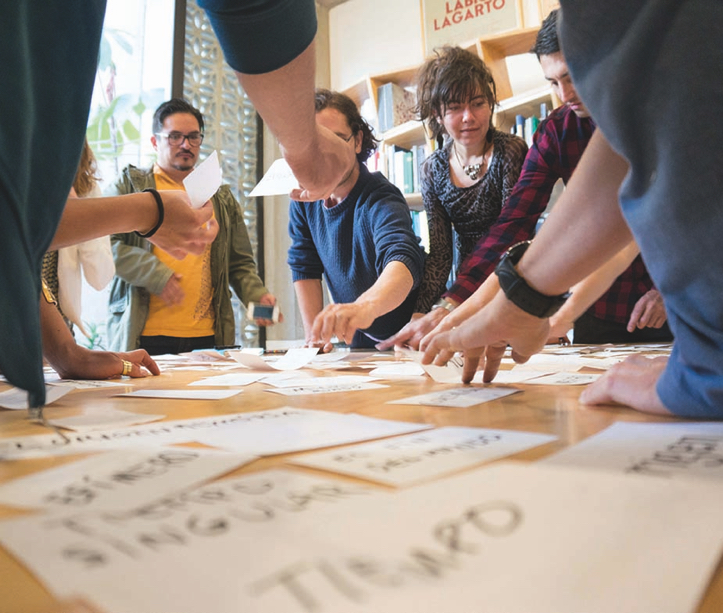 ProColombia
ProColombia
Colourful Colombia
Why the art scene in Colombia is hotter than ever
“I think we are going through a very interesting time”, says Colombian-born performance artist Maria Jose Arjona. “It’s very exciting right now.”
There is a buzz in the air in Colombia at the moment, an energy that is as exciting as it is inspiring. So it’s little surprise to discover it has become the vibrant home to a bright, colourful and ever-evolving art scene. With some of the best street art in the world, interesting museums and a vast community of game-changing local artists, including María José Arjona and Doris Salcedo, it has become a significant place to watch for the international art world. And with an increase in both public and private funding in the sector, not to mention the proliferation of new museums, galleries and art fairs in recent years, it has become a scene that is as strong as it is thrilling.

After being based full-time in New York City for many years, Arjona now splits her time between there and Bogotá because she believes the art scene in her hometown has become one of the best in the world.
“There is a new generation of artists in Colombia who have experienced a different type of country to my generation, and they are much more connected with the rest of the world,” she says. “There are so many things now going on here that are very attractive for curators, for writers, for thinkers and for artists.”


Indeed, there is something creative to see and do around almost every corner in the Colombia’s biggest cities, and here are some of the things you shouldn’t miss:
First and foremost, there’s the street art, which has grown into a genre of its own and is reason enough to visit Colombia. Since graffiti was decriminalised in 2013, the country’s capital Bogotá has become one of the most prominent street art locations in the world and home to more than 8000 artists. Graffiti has given both local and international artists an opportunity to express the deep sense of freedom and creativity that is so alive throughout Colombia today, and a chance to engage with the culture and history of the country in an honest and uncensored way.


Big names on the scene include Stinkfish, Toxicómano (whose work can now be seen in public buildings like the National Library of Colombia, as well as in urban spaces), Australian-born artist Crisp, Bastardilla (one of the best known female artists working in this area) and the “Banksy of Bogotá” DjLu, and they offer work that ranges from the aesthetic to the political.
“Bogotá has one of the most prolific and best urban art scenes in the world,” says Crisp.
Finding the art is part of the fun. Keep an eye out on your drive from the airport as you go along Avenida El Dorado, one of Bogotá’s best street art galleries, and then focus your attention on the La Candelaria neighbourhood, the city’s old town, as well as Avenida Caracas and Carrera 10 in the downtown area and Distrito Graffiti in Puente Aranda. Or try booking into one of the many street art tours that take place daily..


For a more traditional take on the local art scene, make time to visit some of the country’s exceptional museums, starting with the Museum of Modern Art of Bogotá (MAMBO), which recently hosted a mid-career retrospective of Arjona’s work. For over half a century, this progressive institution has been central to the growth of the contemporary art scene in Colombia and is one of the best places to explore work by local art heroes including Salcedo, Alejandro Obregón and Nadín Ospina.
Other spaces worth checking out include the cutting edge Neebex in Bogotá’s hip La Candelaria neighbourhood, Lokkus Contemporary Art Gallery in Medellín (which is also home to the excellent Medellín Modern Art Museum) and NH Galeria in the colonial old city of Cartagena. And if you’re visiting in late October be sure to join in some of the festivities related to ARTBO, the International Art Fair of Bogotá, which has been running since 2004 and draws a large crowd of international curators and collectors each year.
 Work of Olga de Amaral
Courtesy of ProColombia
Work of Olga de Amaral
Courtesy of ProColombia

One of the best spots to really get an in-depth sense of the spirit of the arts in Colombia is the neighbourhood of San Felipe. This newly gentrified area in Bogotá’s north has become one of the most active and important sites for the country’s burgeoning art scene, and it is full of galleries and studios. But more than this, the area has become a symbol of the widespread change that has taken place in Colombian art. While the scene has always been strong, with big names such as Beatriz González, Carlos Rojas, Miguel Ángel Rojas, Johanna Calle and Mateo López attracting wide-spread attention in recent decades, it has become a deeply ingrained part of the culture and a vital way of opening up the country to the rest of the world.
When visiting San Felipe, it is essential to make a stop at the internationally recognized FLORA ars+natura, run by the former head of Latin American art at the Tate Modern José Roca, which is one of Arjona’s personal favourite spots to discover work by new Colombian and South American artists.
Courtesy of ProColombia


“FLORA aims to be as much a meeting place as an art space,” says Roca. “And it has been inspired by many projects in Colombia, Latin America and other parts of the world, and we’ve followed some of their strategies.”
The space offers a lively calendar of exhibitions and events focused on new work that engages with nature, and is one of the best spaces to get a taste of the Colombian art scene today. But this is only the beginning and, if you have the time, there are many other spaces nearby that are also worth checking out including Instituto de Visión, Galeria Beta and SKETCH Gallery.
 FLORA ars+natura
Courtesy of
ProColombia
FLORA ars+natura
Courtesy of
ProColombia




